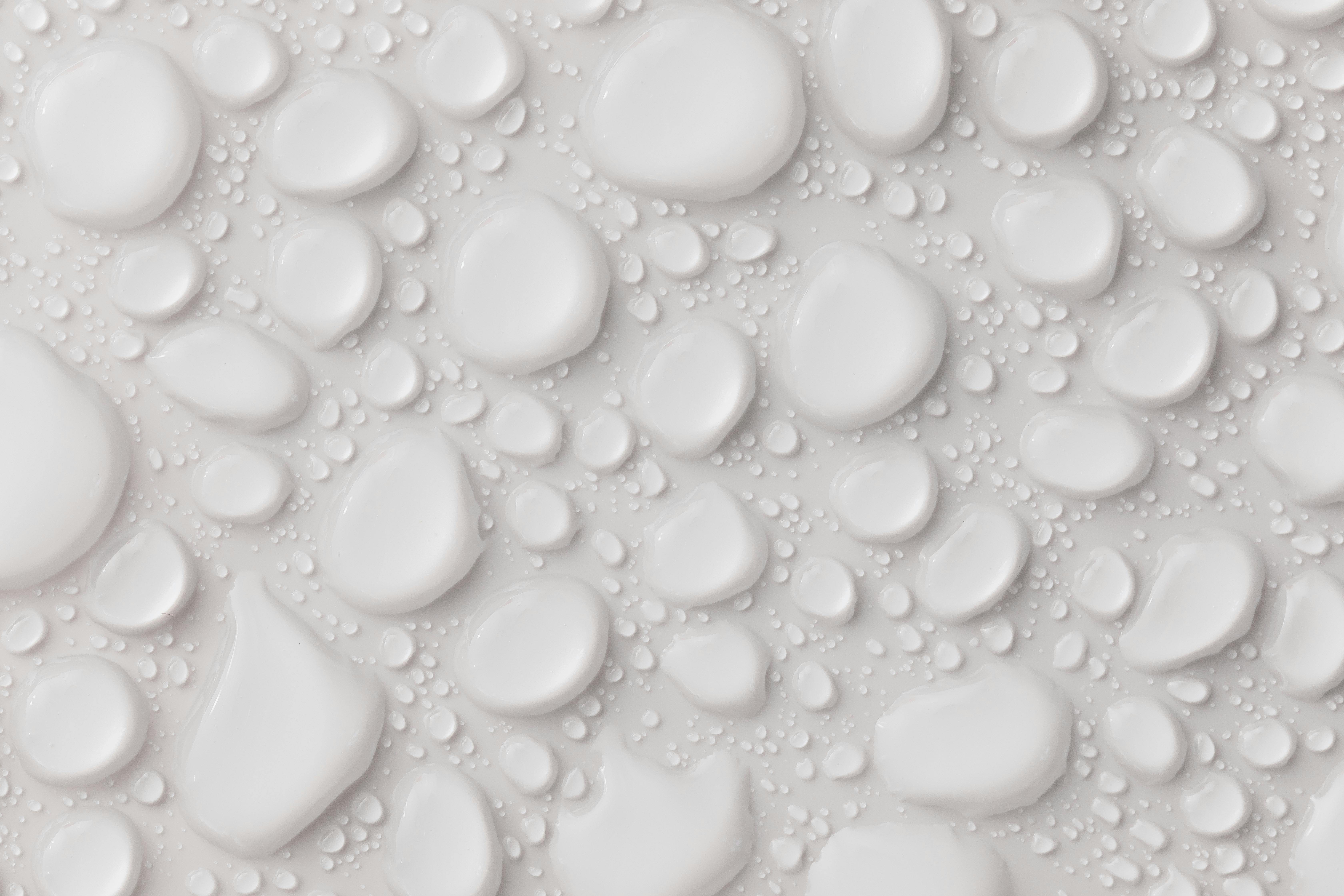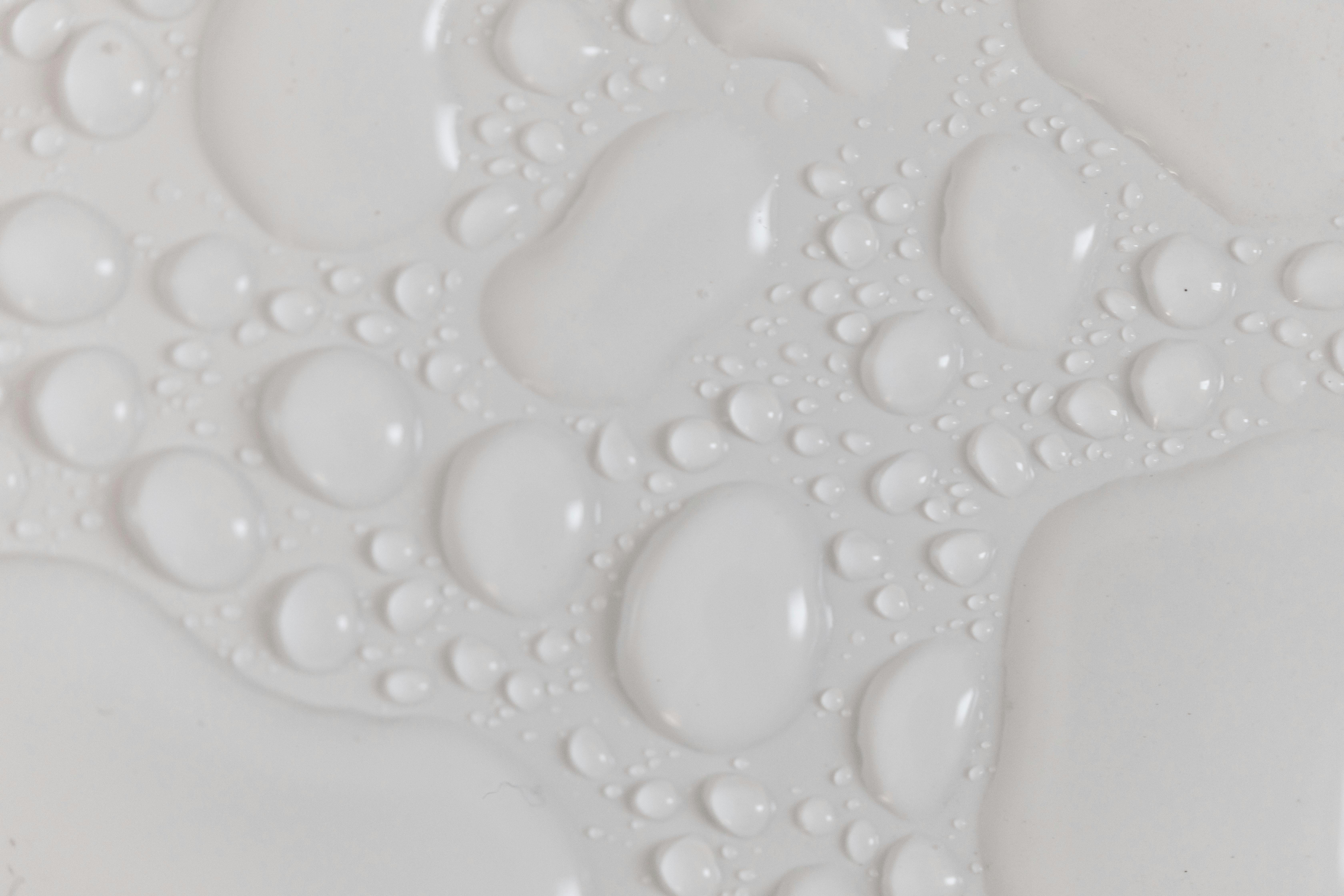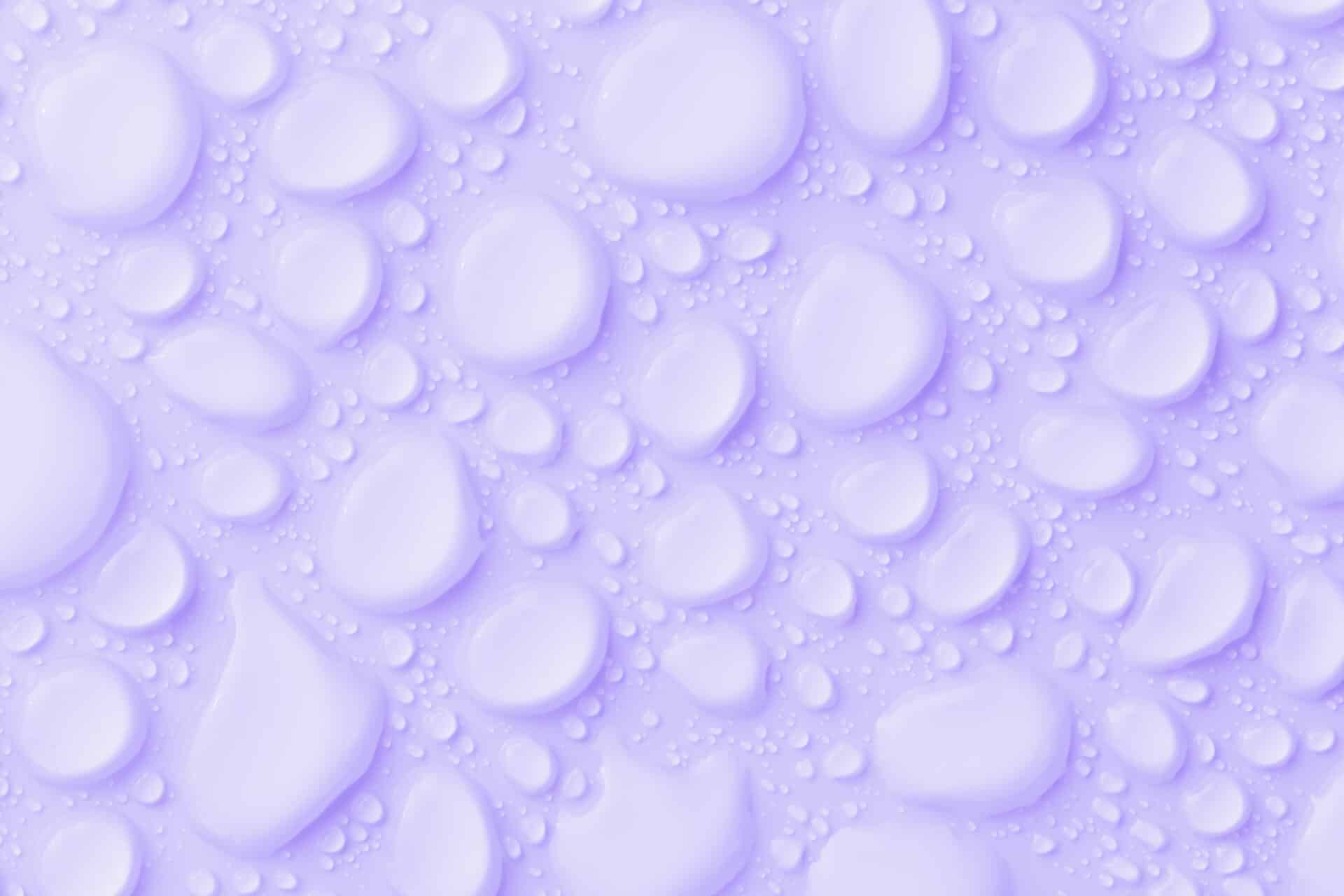The difference between distilled water and purified water can be confusing to some. Distilled water is created through a process of boiling and condensing the steam into liquid form, which removes any minerals or other contaminants. Purified water, on the other hand, is produced through a variety of different methods, such as reverse osmosis, deionization, filtration, and ultraviolet light treatment. These processes remove impurities from the water but do not eliminate minerals from it.Distilled water is a type of purified water that has had both impurities and minerals removed. It is produced by boiling water and then condensing the collected vapor back into a liquid. This process removes impurities such as bacteria, salts, and metals. As a result, distilled water has a neutral pH level and does not contain any minerals.
Purified Water
Purified water is water that has been filtered and treated to remove impurities, contaminants, and other undesirable elements such as chlorine, bacteria, and other microorganisms. Purified water is used for various purposes including drinking, food preparation, medical applications, laboratory use, and more. It has many advantages over regular tap water as it is free of pollutants and often has a more pleasant taste. Purified water typically goes through a multi-stage purification process which can include sediment filtration, reverse osmosis, distillation and deionization. This process removes any trace of chemicals or particles that may be present in the water. The result is pure, clean drinking water that is safe to consume and free from all contaminants.
Purified water is considered to be safe for human consumption due to its lack of harmful contaminants. Many people prefer drinking purified water over tap water because it does not contain any additives or chemicals such as fluoride or chlorine which can leave unpleasant tastes in the mouth. Additionally, purifying the water helps reduce the risk of consuming bacteria or other microorganisms which can cause health problems if ingested. Purified drinking water also provides a variety of essential minerals that are essential for good health such as calcium and magnesium which are not found in tap or bottled water.
In addition to its use for drinking purposes, purified water is also commonly used in food preparation such as cooking rice or pasta since it helps remove unwanted sediment from the food product. It can also be used in medical applications such as dialysis machines where cleanliness is of utmost importance since any contamination could pose serious health risks to patients receiving treatment. Purifying the water helps remove impurities that could interfere with the machine’s function and cause serious complications if not removed properly.
Overall, purified water has many advantages over regular tap or bottled drinking water as it removes unwanted impurities from the liquid resulting in a cleaner product with less potential contaminants that could be harmful if consumed. Additionally, it provides essential minerals that are beneficial for one’s health while still providing an enjoyable taste compared to regular tap or bottled waters.
Raw and Processed Foods
Raw and processed foods are two categories of food that are commonly found in grocery stores. Raw foods are those that have not been cooked, canned, frozen, or otherwise processed in any way. These include fresh fruits and vegetables, nuts, seeds, and other whole foods that may have been washed or peeled. Processed foods are those that have undergone some form of processing such as cooking, canning, freezing, dehydrating, or packaging. These include items like canned soups and sauces, frozen dinners, crackers and chips, breakfast cereals, and other convenience foods.
The main difference between raw and processed foods is in the amount of nutrients they contain. Raw foods typically retain more of their nutritional value since the processing does not remove any vitamins or minerals from the food. On the other hand, processed foods may contain added nutrients such as vitamins A and C as well as preservatives to help extend their shelf life. Additionally, processed foods often contain a lot of added sugar or salt which can be detrimental to one’s health if consumed in excess.
When it comes to preparing meals with raw and processed foods, the primary difference is in how much time it takes to prepare them. Raw foods often require more time to prepare since they need to be washed, chopped and cooked before they can be served. Processed foods on the other hand are usually ready-to-eat right out of the package which makes them a convenient option for busy households.
In conclusion, raw and processed food have different properties when it comes to nutrition content as well as preparation time. Raw food is generally more nutritious but requires more time to prepare whereas processed food is less nutritious but much more convenient for busy lifestyles. Ultimately it’s up to each individual to decide which type of food works best for them according to their lifestyle needs.
Composition of Distilled Water
Distilled water is a type of purified water that has had both contaminants and minerals removed. It is produced by a process of distillation, which involves boiling the water and then condensing the steam into a clean container. This process leaves behind any solids or impurities that may have been present in the original water. The result is a clear, odorless, and tasteless liquid that is free from most contaminants and minerals. The composition of distilled water consists primarily of two elements: hydrogen and oxygen. The other trace elements present in distilled water are calcium, magnesium, potassium, and sodium, among others. These trace elements generally account for less than 0.05% of the overall composition of distilled water.
The primary purpose of distilling water is to remove any harmful substances that may be present in untreated or contaminated sources. This includes bacteria, viruses, lead, chlorine, and other contaminants found in regular tap or well water. Distilled water also removes dissolved minerals from the source that can affect taste or odor or cause scaling on plumbing fixtures and appliances over time.
The lack of dissolved minerals also means that distilled water does not conduct electricity as well as regular tap or well water does. This property makes it useful for automotive batteries and other applications where electrical conductivity is an issue. In addition to this, distilled water has a neutral pH level which makes it more suitable for certain industrial processes such as manufacturing pharmaceuticals and electronics components.
While distilled water has many advantages it should not be used as a primary source for drinking purposes due to lack of essential minerals like calcium and magnesium needed for human health. It can however be used as an alternative to regular tap or well-water when regular sources are contaminated with potentially harmful substances.
Chemical Composition of Purified Water
Purified water is a type of water that has been processed to remove impurities and other contaminants. It is often used for drinking, cooking, and other applications where high-quality water is required. The chemical composition of purified water can vary depending on the type of purification process used. Generally, it will contain only small amounts of minerals, salts, and other compounds. In some cases, it may also contain trace amounts of hazardous chemicals such as lead or arsenic.
The primary components found in purified water are hydrogen and oxygen molecules. These are the same elements that make up tap water. However, due to the purification process, there may be fewer contaminants present in purified water than in tap water. This means that it may have a different taste and smell than regular tap water. Additionally, some types of purification processes may also remove beneficial minerals such as calcium or magnesium from the water.
The amount of impurities removed by a particular purification process can also vary greatly depending on the type used. For instance, reverse osmosis filtration is often used to remove most dissolved solids from the water while activated carbon filtration can remove volatile organic compounds (VOCs) such as chlorine and benzene. Ultraviolet light can be used to kill any microorganisms present in the water while distillation removes many larger particles including heavy metals.
In summary, purified water generally contains only small amounts of minerals, salts, and other compounds. The exact composition will depend on the type of purification process used but typically includes only hydrogen and oxygen molecules with few other contaminants present. Depending on the method used for purification additional beneficial minerals or hazardous chemicals may be removed from the water as well.

The Health Benefits of Distilled Water
Distilled water has numerous health benefits. It is the purest form of water available, having gone through a purification process that removes impurities and contaminants from the water. This makes it ideal for drinking, cooking and general use. Distilled water is also beneficial for those who suffer from allergies or sensitivities, as it does not contain any chemicals or other pollutants that can trigger reactions. Additionally, distilled water is free from bacteria and other microorganisms, making it safe to drink.
Distilled water also has a number of other health benefits. It can help support healthy digestion by helping to flush out toxins from the body. This can help improve digestive health and reduce the risk of certain illnesses. Additionally, distilled water can help to keep you hydrated by providing your body with essential electrolytes and minerals that can be lost through sweat or urine.
Another benefit of drinking distilled water is that it can help to improve skin health. By eliminating toxins from the body, distilled water helps to keep skin clear and healthy looking. It can also help to minimize the appearance of pores on the surface of your skin, making it look more youthful and radiant. Finally, drinking distilled water can help to keep your mouth clean by removing bacteria and other impurities that can cause bad breath or dental problems over time.
Overall, distilled water has a number of health benefits that make it an ideal choice for drinking and everyday use. Not only does it provide you with clean and pure drinking water without any contaminants or pollutants, but it can also help support your overall health by promoting healthy digestion, hydration and skin care routines. Therefore, if you’re looking for an easy way to stay healthy while quenching your thirst, consider making distilled water part of your daily routine!
The Health Benefits of Purified Water
Drinking purified water is essential for maintaining good health and overall well-being. It provides numerous benefits, such as supporting healthy digestion, promoting hydration, and helping to flush out toxins from the body. Additionally, it helps improve skin complexion and keep energy levels up. Purified water is also a smart choice when it comes to preventing certain illnesses. Here are some of the health benefits of drinking purified water on a regular basis:
Supports Healthy Digestion
Purified water aids in digestion by helping the body break down food and absorb nutrients more easily. It helps increase the amount of acid in the stomach, which aids in breaking down proteins. Additionally, it helps reduce constipation and other digestive issues.
Promotes Hydration
Dehydration can lead to headaches, fatigue, and other health issues. Drinking plenty of purified water is an excellent way to stay hydrated throughout the day. It helps replenish fluids lost through sweating, as well as balance electrolyte levels in the body.
Flushes Out Toxins
Purified water can help flush out toxins from the body that may be causing inflammation or other negative health effects. It’s important to note that tap water can contain chemicals that can be harmful when consumed regularly. Therefore, drinking purified water is an effective way to eliminate these toxins.
Improves Skin Complexion
Drinking plenty of purified water helps keep skin looking healthy and youthful by hydrating it from within. Additionally, it helps regulate oil production on the skin’s surface to prevent breakouts and acne flare-ups.
Boosts Energy Levels
Purified water helps boost energy levels by providing essential electrolytes to the body’s cells. This leads to improved overall functioning of bodily systems and increased stamina for physical activities.
Overall, drinking purified water has numerous health benefits that should not be overlooked. Not only does it help improve digestion and hydration levels but also flushes out toxins from the body while improving skin complexion and boosting energy levels.
Distilled or Purified Water for Everyday Use?
When it comes to choosing the best water for everyday use, the decision can be somewhat confusing. Distilled and purified water are two of the most popular choices for drinking water, but which one is better? Both provide a safe, clean source of hydration, but there are some key differences between them.
Distilled water is produced by boiling water and then cooling it to eliminate impurities. This process removes minerals, as well as any potentially harmful contaminants such as bacteria, viruses and heavy metals. As a result, distilled water has a clean, crisp taste and is free from any unpleasant odors. It is also very low in minerals, which makes it ideal for those who are trying to reduce their sodium intake or are on a low-mineral diet.
Purified water goes through several processes such as reverse osmosis, carbon filtration or distillation to remove contaminants from the source water. This process leaves behind beneficial minerals such as calcium and magnesium which give purified water its characteristic taste. Purified water also contains fewer contaminants than tap water, making it a better choice for those who want to avoid exposure to certain pollutants.
When choosing between distilled and purified water for everyday use, the main factor to consider is personal preference. Some people prefer the crisp taste of distilled water while others appreciate the added minerals in purified water. Both types of water are safe and clean sources of hydration; however, if you’re looking for something with added benefits then purified may be the better choice.

Conclusion
Distilled water and purified water differ in their source and purification process. Distilled water comes from a variety of sources, such as steam, and is then boiled to remove impurities. Purified water, on the other hand, is first filtered to remove many of the impurities found in source water before it is then treated with ultraviolet light or ozone gas to further purify it.
The two types of water also differ in their usage. Distilled water is often used when needing a pure form of water for medical, laboratory or industrial purposes. Purified water is often used for drinking or cooking purposes due to its better taste and lower levels of contaminants compared to other sources such as tap or well water.
Overall, both distilled and purified waters have their own respective uses depending on an individual’s needs. While both provide relatively clean forms of H2O, they differ greatly in terms of source and purification process.
Therefore, it is important to understand the differences between distilled and purified waters in order to make an informed choice when selecting a suitable type of drinking or cooking water for your needs.

